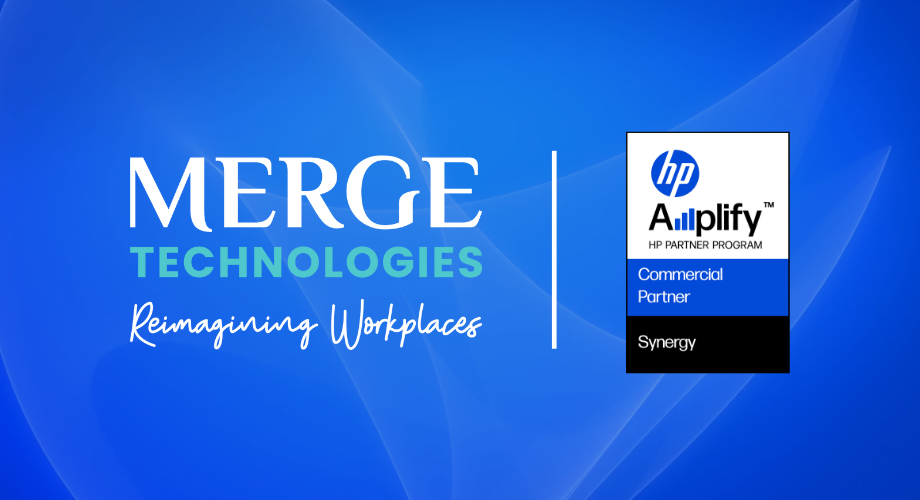When it comes to investing in technology or workplace solutions, there’s no universal “right” answer between CapEx and OpEx. It often comes down to what aligns best with your business’ financial strategy and operational priorities.
Based on what we see in the current market with clients, there are four main reasons why OpEx is favoured:
1. Budget limits & preferences
Limited CapEx budgets or competing projects often make large upfront investments challenging. Many organisations prefer to direct their available capital to strategic projects while keeping operational budgets flexible for ongoing needs. OpEx allows costs to be spread over time, making it easier to manage and predict without requiring heavy upfront spending.
2. Prohibitive upfront investment
New technology adoption often comes with high initial costs – not just for hardware, but also for design, implementation, training, and equipment disposal. By moving to an OpEx model, businesses can avoid these large one-off expenses, smoothing the financial impact and simplifying the adoption of new solutions.

3. Operational cost efficiency
OpEx models can drive efficiency across the full asset lifecycle. By outsourcing low-value tasks to suppliers like maintenance, upgrades, and disposal, organisations free up internal resources for higher-value work. They can also build ESG and data-security considerations into supplier agreements, ensuring responsible end-of-life disposal without additional internal overhead.
4. Off-balance sheet finance
Recent accounting changes, in particular AASB 16 Leases, have made it easier for businesses to leverage OpEx while keeping liabilities off the balance sheet. The low-cost exemption (AUD ~$7,500 per device, irrespective of order/project size) allow customers to structure technology spend as a service without affecting reported financial position, a clear advantage over alternate debt financing options.
Final thoughts
Ultimately, the choice between CapEx and OpEx is about matching financial strategy with operational goals. OpEx offers predictability, lifecycle efficiency, and lower upfront risk, making it an increasingly popular option for organisations looking to modernise and scale without tying up capital.
Thinking OpEx might be the right fit for your business? Let’s chat about how MergeSPACES™ can help you get there - without the heavy upfront costs. Drop us a message below in the form or contact us through here.
Last updated: 14/10/2025
Grace Tran - Marketing & Communications Manager


